P2: Portrait Assignment
What exactly is a portrait? When we describe a photograph of a person as a “portrait” we tend to think of it as being a truthful visual representation of that individual—next best to the real thing. If the eyes are deemed to be the window to the soul, then does the lens function as the recorder of that soul? Photographic portraiture can, particularly when employing a formal approach, not only record how a person looks, but also capture the essence and nature of the sitter.
Make portraits of any persons that you know (or don’t know). You can take a self-portrait as well. But limit this assignment to photographing people only (no portraits of animals, dolls, etc.)
Criteria
Mount and frame your best picture (16×20)
Mount the other 2 on white matte-board (16×20)
Print Paper Size: 8×10 (vertical orientation, proportionally fit image on paper)
Attention: please scan your prints before you mount them, then email them to Nil.
Try a variety of styles and settings: found portrait vs. studio, soft light vs. hard light, natural vs. artificial, back of the head vs. face, etc.
Turn in 3 final portraits of different sitters (person)
Presentation – Tuesday, October 18
(works must be ready for presentation at the beginning of critique – 8:30am)
Grade Criteria
Research (look online for other examples, find inspiration from other photographers) 10 points
Execution (concept, creativity, composition, light) 40 points
Lab technique (good contrast on prints, spot-free) 25 points
Visual/Verbal Presentation (mounting, framing, critique) 25 points
Student Samples
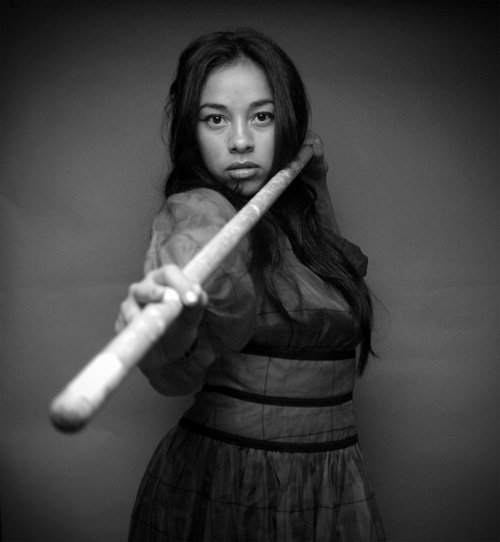
by Joanna Gaines
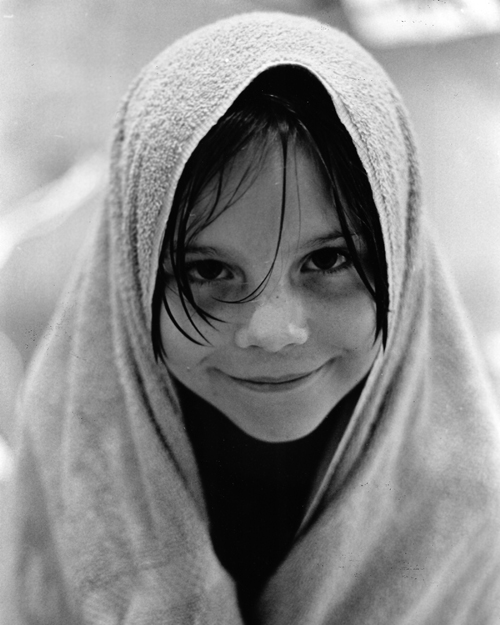
by Becky Durham

by Joanna Gaines

by David Singer
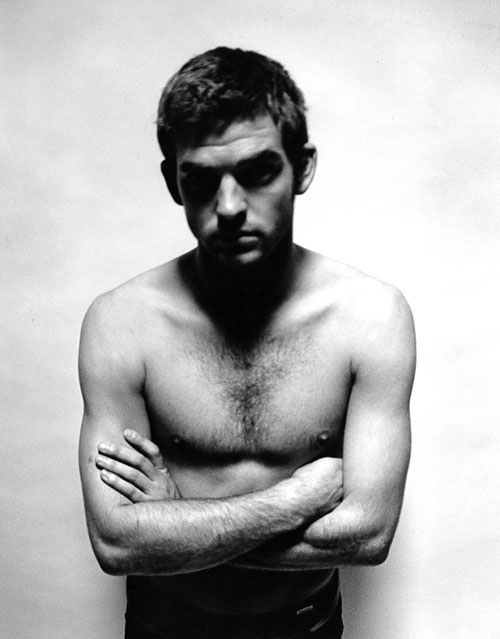
by Corey Hale
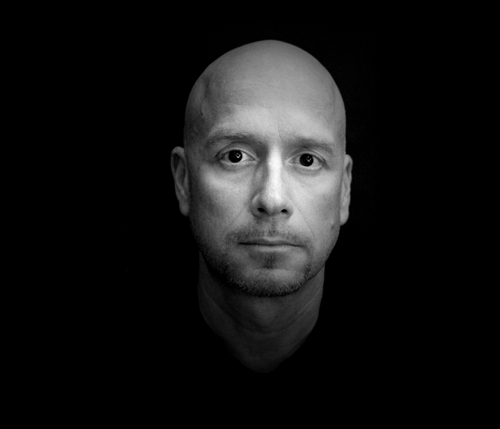
by Blake Rogers
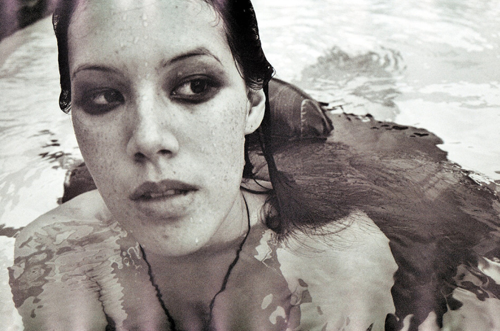

by Leriam Gonzalez
Background
A few things to think about, before you start taking portraits:
1. Alter Your Perspective
Most portraits are taken with the camera at (or around) the eye level of the subject. While this is good common sense – completely changing the angle that you shoot from can give your portrait a more interesting factor. Get up high and shoot down on your subject or get as close to the ground as you can and shoot up. Either way you’ll be seeing your subject from an angle that is bound to create interest.
2. Play with Eye Contact
It is amazing how much the direction of your subject’s eyes can impact an image. Most portraits have the subject looking down the lens – something that can create a real sense of connection between a subject and those viewing the image. But there are a couple of other things to try:
A. Looking off camera – have your subject focus their attention on something unseen and outside the field of view of your camera. This can create a feeling of candidness and also create a little intrigue and interest as the viewer of the shot wonders what they are looking at. This intrigue is particularly drawn about when the subject is showing some kind of emotion (ie ‘what’s making them laugh?’ or ‘what is making them look surprised?’). Just be aware that when you have a subject looking out of frame that you can also draw the eye of the viewer of the shot to the edge of the image also – taking them away from the point of interest in your shot – the subject.
B. Looking within the frame – alternatively you could have your subject looking at something (or someone) within the frame. A child looking at a ball, a woman looking at her new baby, a man looking hungrily at a big plate of pasta…. When you give your subject something to look at that is inside the frame you create a second point of interest and a relationship between it and your primary subject. It also helps create ’story’ within the image.
3. Break the Rules of Composition
There are a lot of ‘rules’ out there when it comes to composition and it can be a love hate relationship with them. My theory is that while they are useful to know and employ that they are also useful to know so you can purposely break them – as this can lead to eye catching results.
The Rule of Thirds is one that can be effective to break – placing your subject either dead center can sometimes create a powerful image – or even creative placement with your subject right on the edge of a shot can sometimes create interesting images.
Another ‘rule’ that we often talk about in portrait photography is to give your subject room to look into. This can work really well – but again, sometimes rules are made to be broken.
4. Experiment with Lighting
Another element of randomness that you can introduce to your portraits is the way that you light them. There are almost unlimited possibilities when it comes to using light in portraits.
Side-lighting can create mood, backlighting and silhouetting your subject to hide their features can be powerful.
5. Shoot Candidly
Sometimes posed shots can look somewhat…. posed. Some people don’t look good in a posed environment and so switching to a candid type approach can work.
Photograph your subject at work, with family or doing something that they love. This will put them more at ease and you can end up getting some special shots with them reacting naturally to the situation that they are in. You might even want to grab a longer zoom lens to take you out of their immediate zone and get really paparazzi with them.
I find that this can particularly work when photographing children.
6. Introduce a Prop
Add a prop of some kind into your shots and you create another point of interest that can enhance your shot.
Yes you might run the risk of taking too much focus away from your main subject but you could also really add a sense of story and place to the image that takes it in a new direction and gives the person you’re photographing an extra layer of depth that they wouldn’t have had without the prop.
7. Focus Upon One Body Part – Get Close Up
Get a lens with a long focal length attached to your camera – or get right in close so that you can just photograph a part of your subject. Photographing a person’s hands, eyes, mouth or even just their lower body… can leave a lot to the imagination of the viewer of an image.
Sometimes it’s what is left out of an image that says more than what is included.
8. Obscure Part of your Subject
A variation on the idea of zooming in on one part of the body is to obscure parts of your portrait subject’s face or body. You can do this with clothing, objects, their hands or just by framing part of them out of the image.
Doing this means that you leave a little to the imagination of the image’s viewer but also focus their attention on parts of your subject that you want them to be focused upon.
9. Take a Series of Shots
Switch your camera into ‘burst’ or ‘continuous shooting’ mode and fire off more than one shot at a time.
In doing this you create a series of images that could be presented together instead of just one static image.
This technique can work very well when you’re photographing children – or really any active subject that is changing their position or pose in quick succession.

Add a Comment
You must be logged in to post a comment.